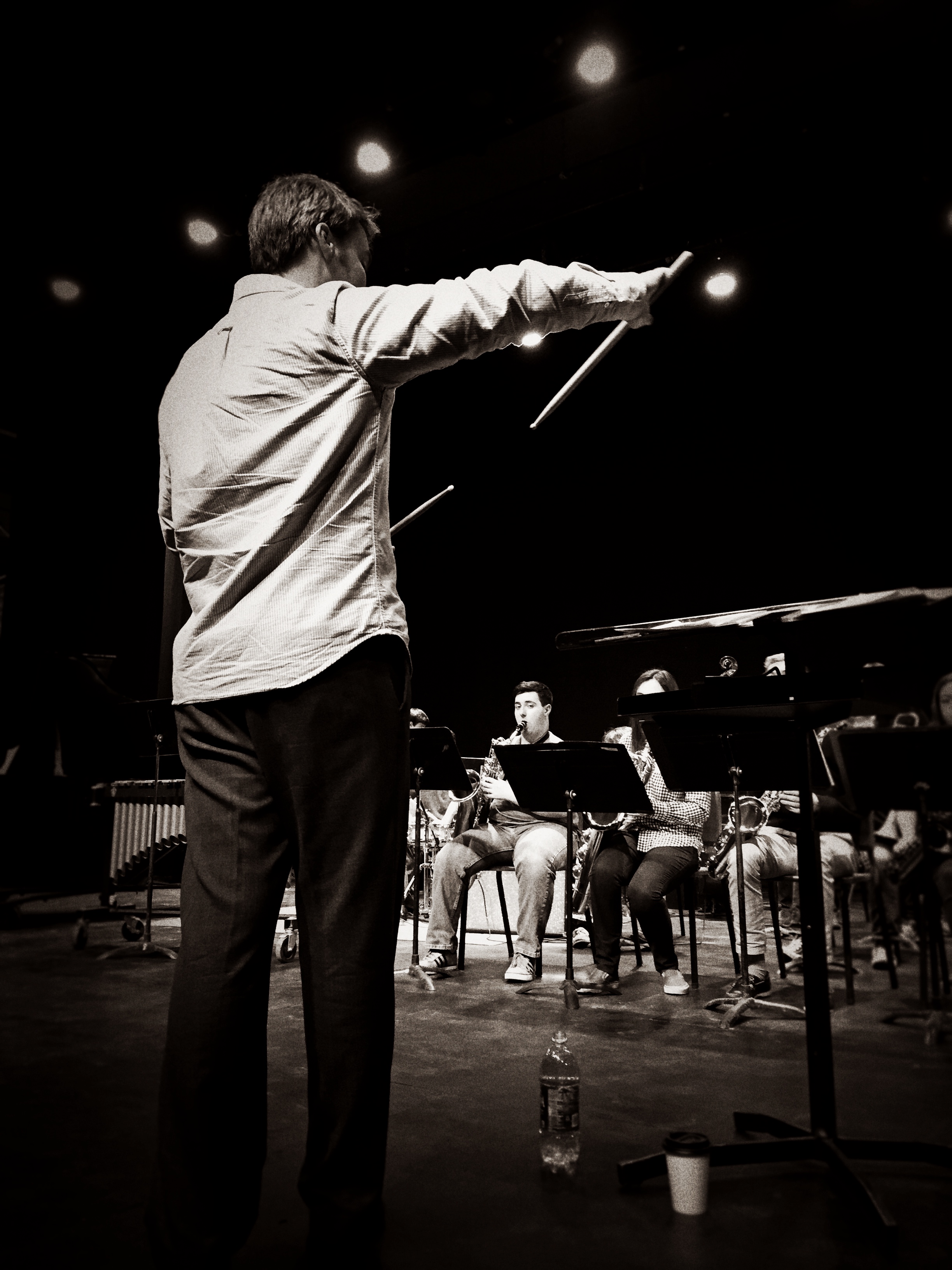About
Mark has not only worn many hats as a performer, he has taught in a variety of educational environments. From his 30+ years of private teaching, instructing band in the Connecticut public school system, jazz ensemble and music lecturer at the Sacred Heart University in Bridgeport CT. as well as woodwind instructor for Barry University, guest clinician and festival judge throughout the US, to his present day position as saxophone instructor and theory professor at the prestigious New World School for the Arts in Miami, FL, adjunct professor at Miami-Dade College, adjunct saxophone instructor for University of Miami, jazz theory instructor for the CAP program in Coral Gables, as well as guest clinician for the JECC young jazz musician workshop at WDNA.
Hailing from Connecticut, Mark attended the New England Conservatory in Boston; after which he moved to NY and quickly began working in numerous facets of the New York’s diverse jazz scene. He has performed as a sideman for bands such as the Village Vanguard Orchestra and Darcy James Argue’s Secret Society (featured on his Grammy-nominated debut recording) and at such notable clubs as the Blue Note, 55 Bar, Village Vanguard, and the Jazz Gallery. Mark has appeared on numerous recordings as well as on the Broadway in “Chicago.” He has toured with Warner Bros. recording artist Michael Bublé, for whom he arranged, orchestrated and performed on saxophones and clarinet. Mark has performed in over 35 countries and on numerous television programs including “SNL”, the “Today Show”, “Letterman Show”, “Late night with Jay Leno”, and “Ellen”, among others.
teaching statement
“My main objective as a teacher is to create a dialogue with the student and help them discover the best process to teach themselves in their practice away from the lesson. Traditional education has always been to deliver content to students during lessons. Modern education is moving towards teaching students how to look at information and ascertain how to internalize, use, and synthesize information to meet their individual ends.
In today’s world, content is everywhere. The teacher no longer needs to be the source for songs, scales, rhythms, or any other musical ideas. With the availability of just about any recording or score at our fingertips as well as the proliferation of books on music, the real question is “what do I do with all of this?”
The most important aspect for students to understand is how to filter the wealth of information and develop a process for working through it in order to internalize it into a musical voice that fits their individual goals and aspirations. In other words, ‘say something with what you know and tell your story. I’ve often found that even asking an advanced student “What do you want your music to do to the listener?” will stump them most times because rarely are they taught to examine the purpose and end goal of their instruction.
It’s the modern teacher that should have the ability to interact dynamically with each student to help them reach their goals and help them to better use their time away from the instructor to achieve those goals.
At the core of my teaching is what I refer to as Hearing/Knowing/Executing. These three categories can be described as the ability to feel music and recreate it with your body either through singing or motion, the ability to think conceptually about sound and organize it intellectually, and the ability to recreate these thoughts physically and present them through ones instrument as clearly as they were conceived in the mind. They are the fundamental challenges of being a musician. These three can be thought of as the Heart/Mind/Body and the challenge is to try and balance them so they can work together to help create a seamless expression of musical intent.”











